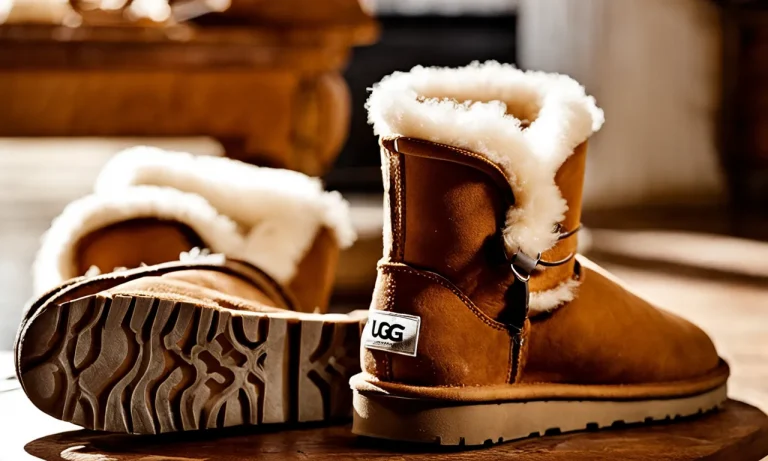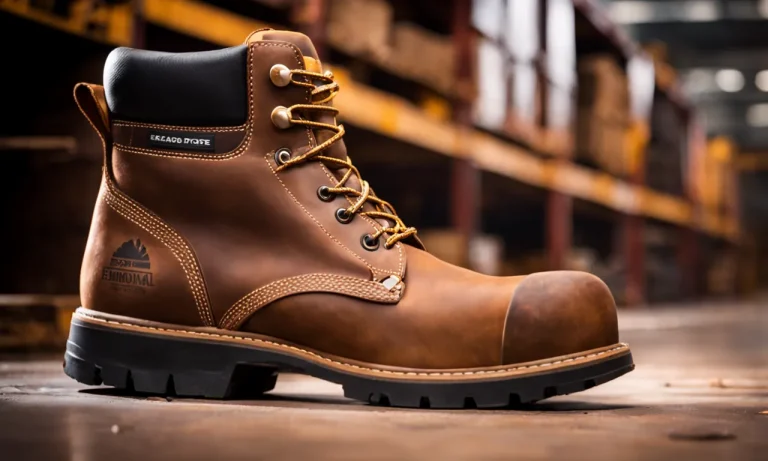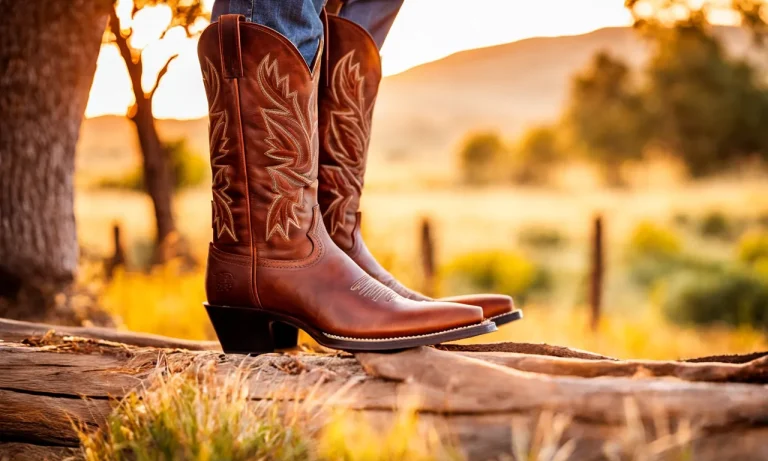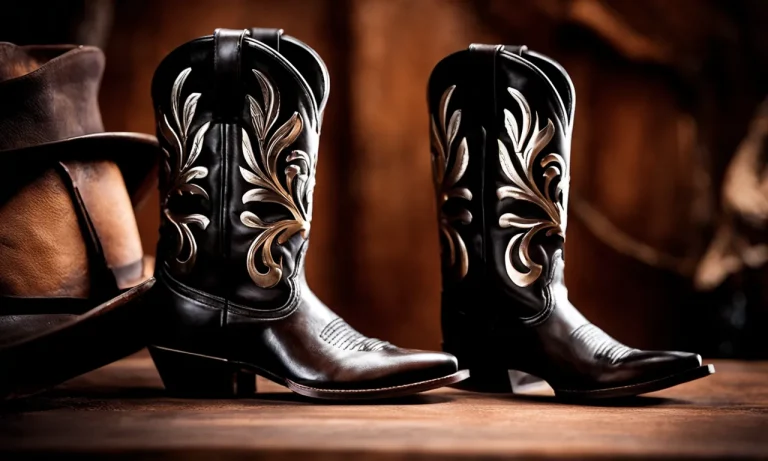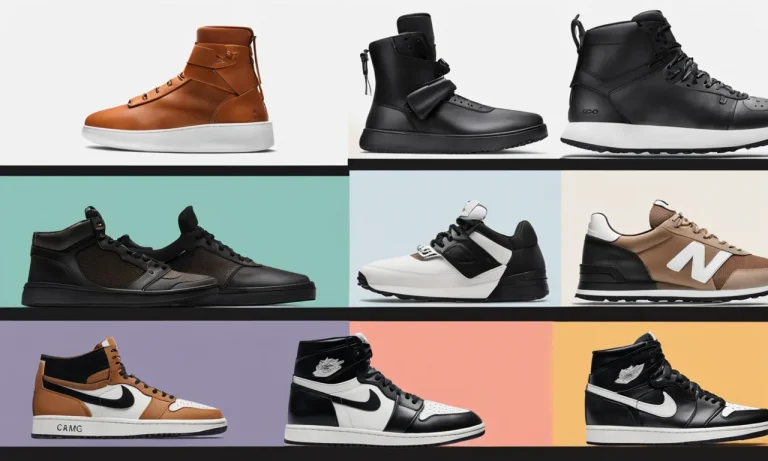Buying shoes for a 1 year old can be tricky since their feet grow so fast. If you’re wondering what size shoe is best for your 12 month old, you’ve come to the right place.
If you’re short on time, here’s a quick answer: most 1 year olds wear a size 3 or 4 shoe.
Factors That Determine Shoe Size
Foot length
One of the primary factors that determine the shoe size for a 1-year-old is their foot length. Babies’ feet grow rapidly during their first year, so it’s essential to measure their feet regularly to ensure a proper fit.
To measure your child’s foot length, place their foot on a piece of paper and trace around it. Then, using a ruler, measure the distance from the heel to the longest toe. This measurement will give you an idea of the shoe size that would be suitable for your little one.
Foot width
In addition to foot length, foot width is another crucial factor to consider when determining the shoe size for a 1-year-old. Some babies have wider feet than others, so it’s important to find shoes that accommodate their foot width comfortably.
Shoes that are too narrow can cause discomfort and potentially hinder their walking development. To ensure the right fit, it’s advisable to look for shoes with adjustable straps or laces that can be tightened or loosened as needed.
Walking stage
The stage at which your child is in their walking journey can also impact the shoe size you should choose. Babies who are just starting to take their first steps may require shoes with a more flexible sole to aid in their balance and development.
As they become more confident walkers, shoes with a firmer sole and more ankle support can offer better stability. It’s important to choose shoes that provide both comfort and protection for their growing feet.
Remember, every child is unique, and their shoe size may vary. It’s always a good idea to consult a pediatrician or a professional shoe fitter to ensure you are choosing the right shoe size for your 1-year-old.
Additionally, HealthyChildren.org is a helpful resource for more information on choosing the right shoes for your child.
Measuring Your Child’s Feet
When it comes to finding the right shoe size for your 1-year-old, it’s important to measure their feet accurately. Here are a few methods you can use:
Using a ruler
One simple way to measure your child’s feet is by using a ruler. Place your child’s foot on a flat surface and measure from the heel to the longest toe. Make sure to measure both feet, as they may be slightly different sizes.
Once you have the measurements, refer to a shoe size chart specifically designed for babies or toddlers to determine the appropriate shoe size.
Tracing your child’s feet
Another method is to trace your child’s feet on a piece of paper. Place a piece of paper on the floor and have your child stand on it. Carefully trace around their feet using a pen or pencil. Then, measure the length of the traced feet from the heel to the longest toe.
Again, compare the measurements to a shoe size chart to find the right size.
Visiting a shoe store
If you’re unsure about measuring your child’s feet at home, or if you want to ensure a perfect fit, visiting a shoe store can be a great option. The staff at the store are trained to measure children’s feet accurately and help you find the right size.
They can also provide guidance on the different types of shoes available and recommend the best options for your child’s age and stage of development.
Remember, it’s important to regularly check your child’s shoe size as they grow. Babies and toddlers can experience rapid growth, so what fits them today may not fit them in a few months. Properly fitting shoes are essential for their comfort and foot development.
Shoe Features to Look For
Flexible sole
When choosing shoes for a 1-year-old, it is important to look for a flexible sole. Babies’ feet are still developing, and they need shoes that allow for natural movement. A flexible sole helps to mimic the barefoot walking experience and promotes proper foot development.
It also allows for better balance and stability as your little one takes their first steps.
Non-slip grip
Safety is a top priority when it comes to choosing shoes for a 1-year-old. Look for shoes with a non-slip grip on the sole to prevent your child from slipping and sliding on different surfaces. This feature provides added traction and stability, reducing the risk of accidents and falls as your little one explores their surroundings.
Breathable material
Little feet can get sweaty, especially when they are constantly on the move. Opt for shoes made from breathable materials such as mesh or leather. These materials allow for air circulation, keeping your child’s feet cool and comfortable.
Breathable shoes also help to prevent odors and reduce the risk of fungal infections.
Adjustable strap
A shoe with an adjustable strap is a great choice for a 1-year-old. Babies’ feet grow quickly, and having an adjustable strap allows you to achieve the perfect fit. It also ensures that the shoes stay securely on their feet, even during active play.
Look for shoes with velcro straps or buckles, as these are easier to adjust and provide a snug fit.
Remember, every child is unique, and it is important to measure their feet accurately before purchasing shoes. It is recommended to measure their feet in the afternoon when they are at their largest size.
If possible, visit a specialized children’s shoe store where professionals can help you find the perfect fit for your little one.
Average Shoe Sizes by Age
Newborn: sizes 0-2
When it comes to newborns, their tiny feet require delicate care. The average shoe size for a newborn ranges from 0 to 2. It’s important to choose shoes that are soft, flexible, and provide ample room for their feet to grow.
Many parents opt for soft-soled shoes or booties during this stage to ensure their baby’s comfort and foot development. Remember, at this age, the priority is protection rather than walking.
6 months: sizes 2-4
As babies reach the 6-month mark, their shoe size typically increases to sizes 2 to 4. At this stage, babies may begin to show signs of crawling or even attempting to take their first steps. It’s crucial to choose shoes that are lightweight, breathable, and provide adequate support for their developing feet.
Elasticized or Velcro closures are convenient for easy on and off.
12 months: sizes 3-5
By the time a baby reaches 12 months, their shoe size generally falls within the range of sizes 3 to 5. This is an exciting time as many babies start taking their first steps and begin to explore the world around them.
Shoes with flexible soles and good traction are essential to support their growing feet and aid in balance and stability. It’s advisable to get their feet measured every few months to ensure they are wearing the correct shoe size.
18 months: sizes 4-6
As toddlers approach the 18-month mark, their shoe size typically falls between sizes 4 to 6. At this age, they are more confident on their feet and may be walking or even running. It’s important to choose shoes that have a firm heel counter to provide stability and a roomy toe box for their toes to wiggle.
Look for shoes made of breathable materials to keep their feet comfortable and dry.
Remember, these are average shoe sizes, and every child is unique. It’s always best to have your child’s feet measured by a professional to ensure the perfect fit. Comfort and proper foot development should be the top priorities when selecting shoes for your little one.
Tips for Trying On Shoes
Try shoes on in the afternoon
When it comes to trying on shoes for your one-year-old, timing is everything. It is recommended to try shoes on in the afternoon, as this is when your child’s feet are likely to be at their largest. This is because throughout the day, feet tend to swell slightly due to normal activity.
By trying shoes on in the afternoon, you can ensure a better fit and avoid purchasing shoes that may end up being too tight later in the day.
Have your child stand while trying on
Having your child stand while trying on shoes is an important step in ensuring the right fit. When standing, your child’s feet naturally spread out, allowing you to see how the shoes fit and whether there is enough room for their toes to wiggle comfortably.
This also helps in determining if the shoes provide proper support and stability. Remember, a proper fit is crucial for your child’s comfort and development.
Allow a half-inch of room to grow
Children’s feet grow at a rapid pace, and it’s essential to choose shoes that accommodate their growth. When trying on shoes, make sure there is about a half-inch of room between your child’s longest toe and the front of the shoe.
This extra space allows for growth and prevents the shoes from becoming too tight and uncomfortable. It’s better to have slightly larger shoes that your child can grow into than shoes that are too small.
Look for flexibility at the toe
Flexibility is an important factor to consider when selecting shoes for your one-year-old. Look for shoes that have flexibility at the toe area, as this allows for natural movement and prevents any restriction.
Flexible shoes provide comfort and support for your child as they explore and navigate their environment. Additionally, shoes with a non-slip sole can help prevent accidents and falls, providing added safety for your little one.
Remember, every child is unique, and it’s essential to take their individual needs into account when selecting shoes. If possible, consult with a pediatrician or a shoe-fitting specialist for additional guidance.
By following these tips and considering your child’s comfort and growth, you can ensure that the shoes you choose for your one-year-old are the perfect fit!
Conclusion
Buying the right size shoes for your 1 year old is important to support their growing feet and avoid discomfort. While most 12 month olds fall in the size 3 to 4 range, every child develops at their own pace. Be sure to measure both feet and allow room for growth when selecting their next pair!


